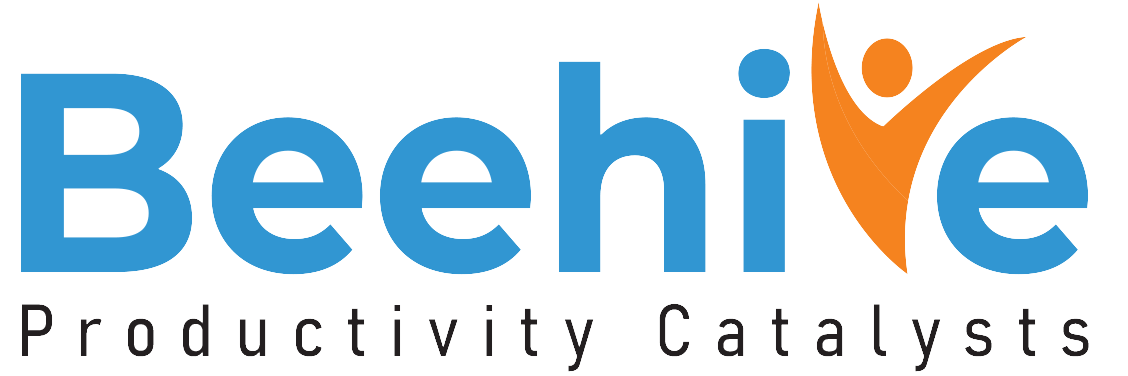If you’ve ever managed payroll manually, you know it’s a tightrope walk over a legal minefield. One missed compliance update, one wrong calculation, or one incorrect deduction can send shockwaves through your organization and not the good kind.
For most HR teams, payroll compliance is about paying people on time> The reality is, it’s about staying on the right side of hundreds of ever-changing laws. The challenge? India alone has over 1,500 labor regulations, with states constantly revising wage structures, tax slabs, and statutory filing deadlines.
In 2025, this challenge has hit a tipping point. A recent EY study found that 80% of payroll errors stem from manual processes and fragmented systems, while another Deloitte survey revealed that organizations lose millions annually to compliance-related penalties.
The question for HR leaders is no longer “how do we manage compliance?” but “how do we automate it?”
And that’s where HRMS integration steps in to turn chaos into clarity.
The high cost of compliance mistakes
Payroll errors are not small mistakes but expensive lessons.
In 2024, an HR.com survey reported that 1 in 3 organizations faced compliance penalties in the last 12 months, most due to outdated systems or manual calculations. Globally, payroll errors cost companies billions each year, but the impact is more than financial. It hits employee trust, brand credibility, and even recruitment appeal.
For Indian businesses, compliance is a constantly shifting terrain. The introduction of the new labor codes, changing PF and ESI contribution rules, and evolving tax regimes make compliance a moving target.
Companies that rely on Excel-based payrolls or disconnected systems are forced to play catch-up every month, and mistakes multiply quietly until an audit exposes them.
Integration solves this by making compliance proactive, not reactive.
Why manual payroll processing no longer works
Manual payroll once worked fine when teams were small and regulations were simpler. But in today’s environment, it’s like navigating a storm with a paper map.
Here’s what typically happens:
- HR inputs attendance manually, but finance adjusts figures later.
- Payroll is calculated using outdated tax rates.
- Statutory filings get delayed because one spreadsheet didn’t match another.
- Auditors flag errors that were invisible during review.
Sound familiar?
According to KPMG’s Global Payroll Benchmark, companies using manual payroll systems experience up to 3x more compliance issues than those using integrated automation.
This is where an automated HRMS becomes the difference between “managed” and “overwhelmed.”
The power of integration in HR compliance
Compliance can’t live in silos. It demands a connected ecosystem where attendance, payroll, leave, and tax calculations all talk to each other. That’s exactly what integration brings.
An integrated HRMS platform ensures that every data point, flows seamlessly across modules. If an employee’s leave affects their pay, or if a new labor law changes tax slabs, the system updates automatically.
The benefits?
- Real-time statutory updates: No more manually entering new PF or TDS rules.
- Audit-ready reports: All data is timestamped, verified, and traceable.
- Reduced dependency on spreadsheets: Eliminates double data entry and human error.
- Multi-location compliance: Manages region-specific labor laws across India in one place.
Integration means compliance isn’t a last-minute scramble rather it must be built into the workflow.
Real-world data: What automation changes
Recent research tells a compelling story.
A 2024 Deloitte HR Operations Report found that automation reduces payroll errors by up to 80%, while companies using unified HRMS solutions saw a 50% improvement in compliance accuracy.
Furthermore, PwC’s “Future of Payroll” report revealed that integrated HR systems helped organizations cut payroll processing time by nearly 65%.
The correlation is clear: when HR data lives in one ecosystem, compliance stops being a risk and becomes a strength.
Even government institutions are nudging in this direction. The Indian government’s push for digital compliance and unified labor codes means organizations will soon need to prove not just accuracy but audit trails — something manual systems can’t provide at scale.
How Beehive HRMS ensures 100% accuracy
Beehive’s platform was designed to eliminate the repetitive errors that come from fragmented systems. Here’s how it changes the game:
- Automated Statutory Updates: Real-time updates for PF, ESI, LWF, TDS, and professional tax across all Indian states.
- Attendance-to-Payroll Integration: Every leave, overtime, or shift change syncs directly into payroll, ensuring accurate calculations.
- Inbuilt Validation Checks: The system flags anomalies like duplicate entries or missing PAN details before payroll is finalized.
- Pre-Built Compliance Reports: Generate instantly auditable forms — PF ECR, ESIC, TDS returns, and more.
- Error-Free Full & Final Settlements: Automates clearance across departments during employee exits, reducing manual effort.
- Data Security & Traceability: All actions are logged, encrypted, and stored for audit readiness.
Beehive automates tasks and builds compliance confidence into every paycheck.
With Beehive’s HRMS integration, HR leaders can ensure payroll accuracy, reduce legal exposure, and sleep better at night knowing compliance isn’t slipping through the cracks.
The future of compliance: From risk to reliability
The next wave of compliance management will be predictive, not reactive.
With AI-driven HR analytics, platforms like Beehive are helping organizations identify compliance risks before they occur — such as missed filings, unbalanced wage structures, or attendance mismatches.
This predictive layer transforms HR from a rule-following function into a strategic compliance partner for the business.
In 2025 and beyond, the focus is on compliance for growth. Companies that master automated accuracy will attract better investors, retain top talent, and scale faster with confidence.
Closing thoughts
As regulations evolve and workforces grow more distributed, manual systems will simply not keep up. Integration is no longer optional; it’s essential.
Beehive HRMS gives HR leaders the visibility, automation, and reliability to stay compliant in every corner of the organization. Because when payroll is accurate, compliance is automatic, and errors drop by 80%, HR can finally focus on people and not paperwork.
In the end, compliance is more than just paperwork. It’s the silent foundation on which trust, transparency, and credibility are built.





